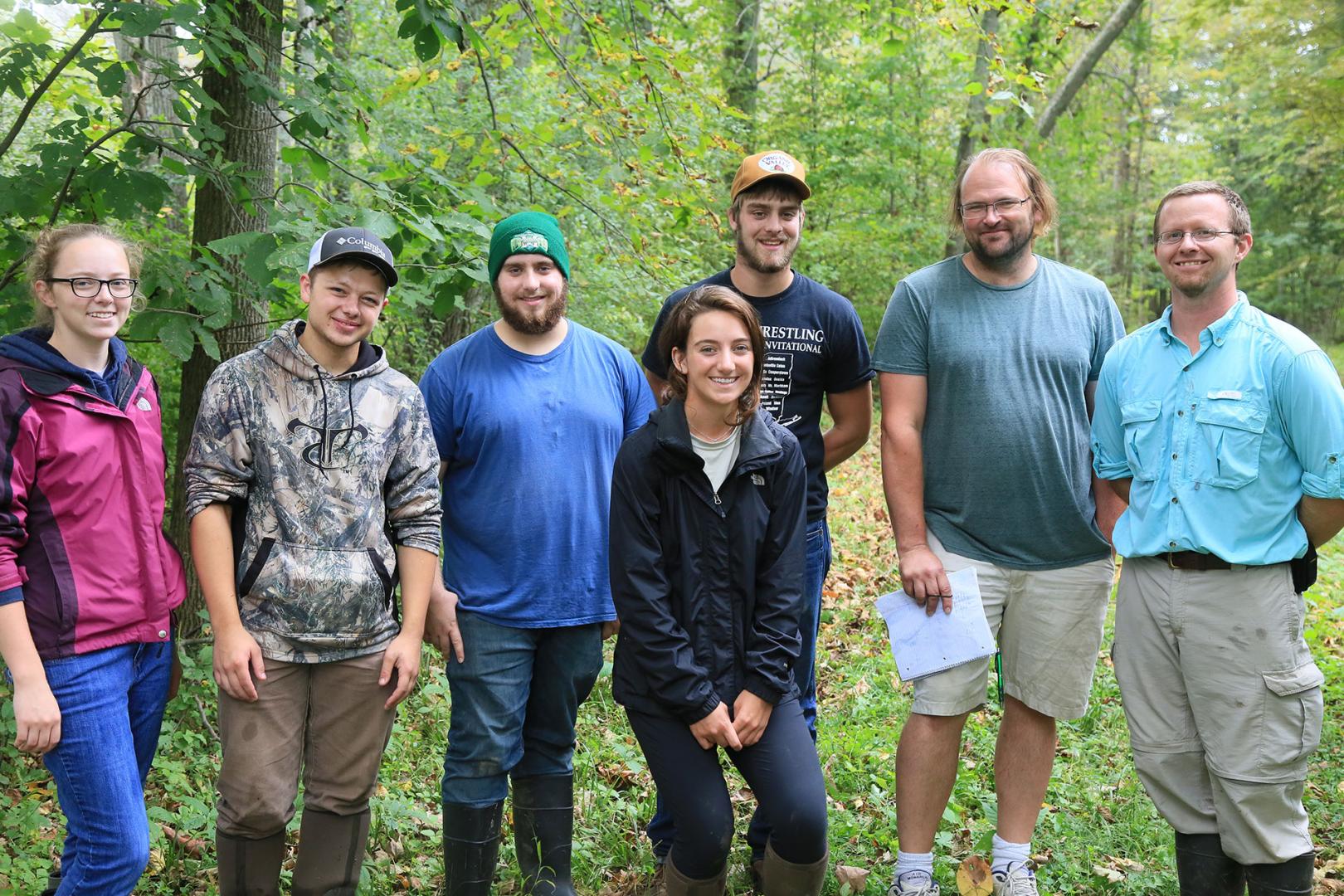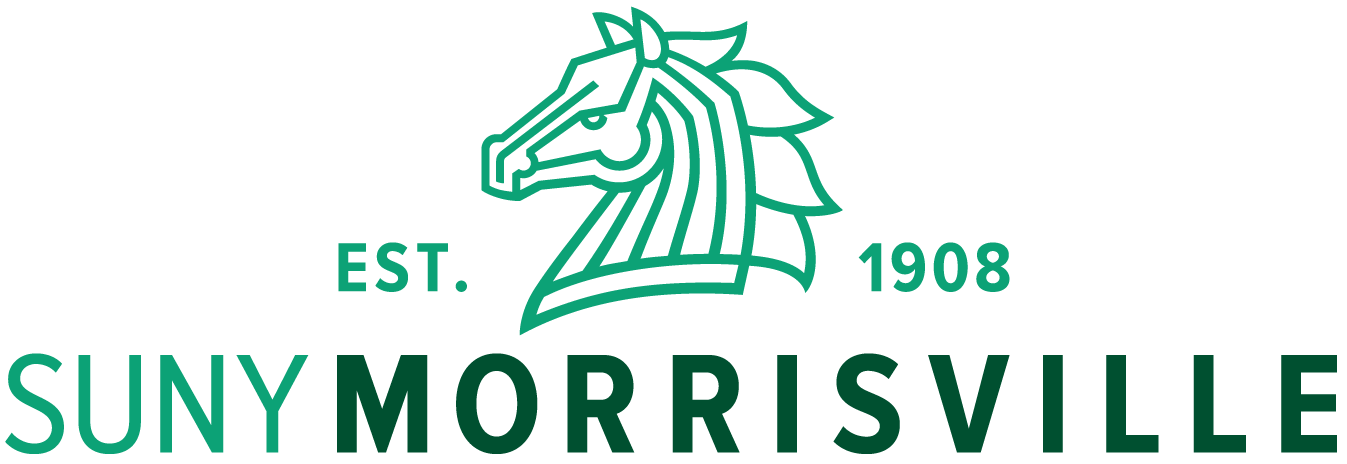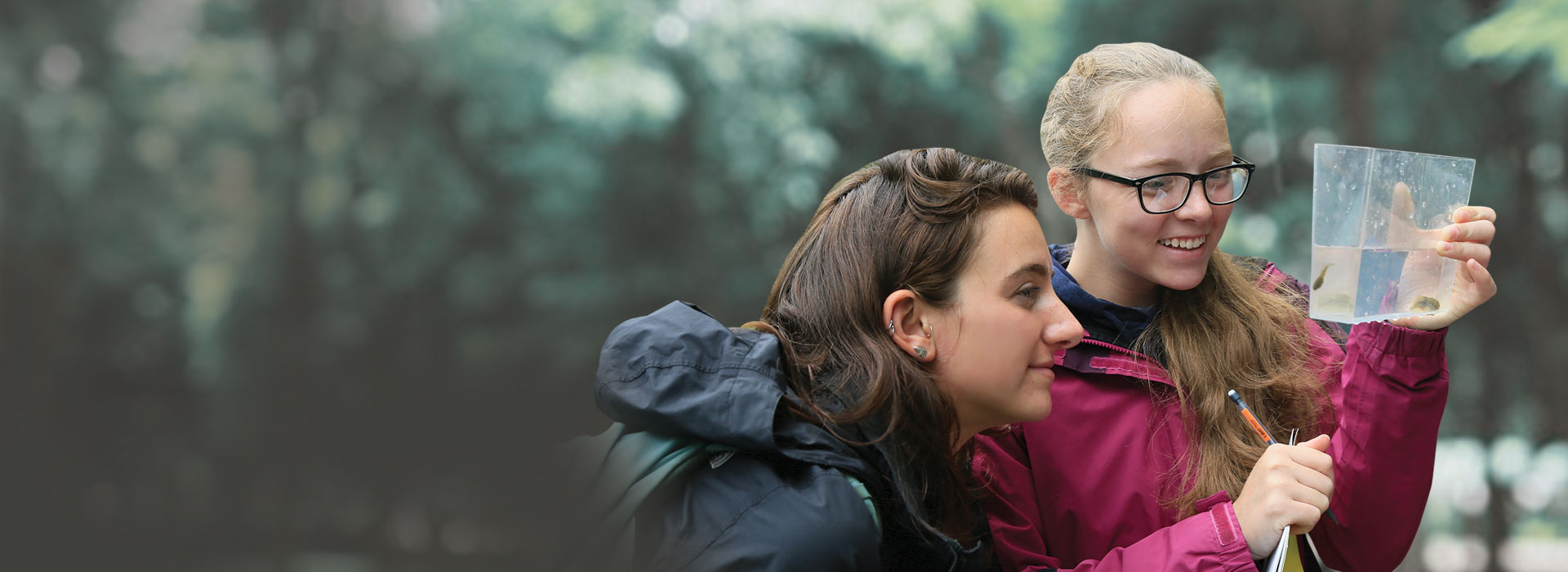Talon Abrams has been fascinated with amphibians and reptiles since he was 4 years old, catching snakes and frogs in a backyard creek at his Madison, New York, home. Some even made their way into his bedroom so he could examine them more closely in a glass bowl.
That allure eventually led him to SUNY Morrisville to pursue a bachelor’s degree in renewable resources technology. He wants to land in a career where he can help aquatic life, animals and the environment.
Much of Abrams’s coursework at SUNY Morrisville is paving the path for that future, including “live learning” in Eric Diefenbacher’s Herpetology class, which has students already digging into their future careers.
The popular course recently gained notoriety when Diefenbacher, assistant professor of biology at SUNY Morrisville’s Norwich Campus, and students in his fall 2018 Herpetology class, were published in a scientific journal.
Their study, “Use of Data Loggers to Investigate Temperature Trends Above and Below Cover Objects Used by Plethodontid Salamanders,” is published in IRCF Reptiles & Amphibians Conservation and Natural History.
“This helps fulfill a career goal I’ve had since I started teaching — getting an entire class published in a scientific journal,” said Diefenbacher, who is also a field biologist.
This helps fulfill a career goal I’ve had since I started teaching — getting an entire class published in a scientific journal.
Deifenbacher’s elective Herpetology class gives students actual experience with reptiles and amphibians in their natural environment.
“I love to get students involved to see what real field work is all about,” Diefenbacher said. “They get great experience and the techniques they learn are marketable skills they can put on a resume.
Diefenbacher’s work provides important research for the facilities his classes visit, and his real-life approach is giving students valuable field skills and an opportunity to explore different career choices.
“This is stuff you don’t get to do every day,” Abrams said. “This is so hands-on. You are actually doing work you would do if you had a job in this field.”
Phil Keville, a renewable resources technology student from Oneida, is interested in a career in captive breeding sea turtles and releasing offspring. “I specifically took this course because we will learn about breeding reptiles and that is important for what I want to do,” he said.

The following are authors in the scientific journal:
- Eric Diefenbacher, of Norwich, assistant professor of biology at SUNY Morrisville’s Norwich Campus
- Emily Coscomb, an environmental & natural resources conservation associate degree student from Boonville, New York, who is matriculating at the School of Veterinary Medicine at Kansas State University
- Talon Abrams, a renewable resources technology bachelor’s degree student from Madison, New York
- Kate Augustine, a renewable resources technology bachelor’s degree graduate from Saranac Lake, New York, who is currently working on red squirrel radio telemetry in the Yukon
- Sam Casler, a renewable resources technology student from Little Falls, New York
- Collin Sullivan, a renewable resources technology student from Springville, New York
- Phil Keville, a renewable resources technology student from Oneida, New York


